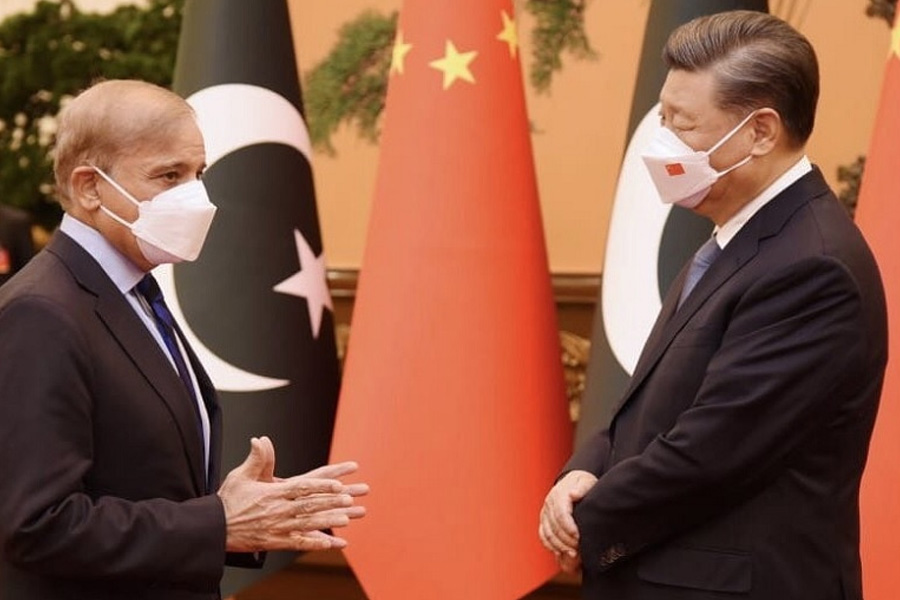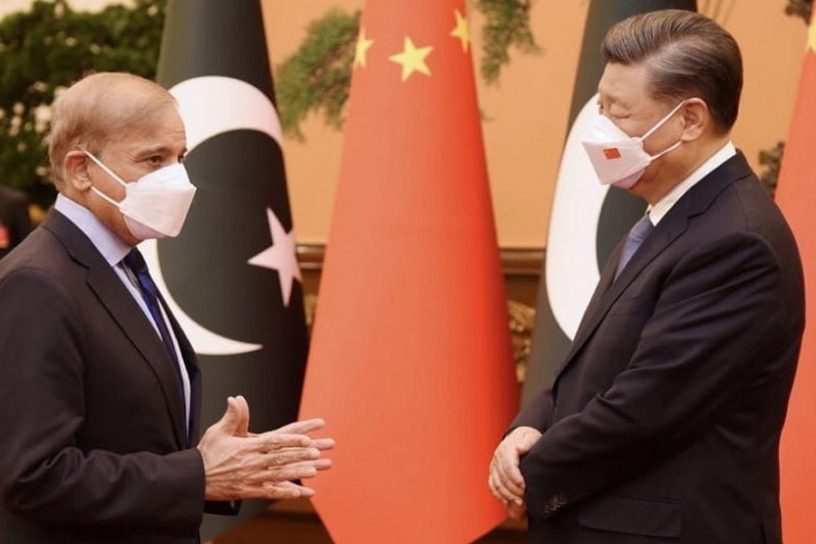
The loans which China extends have never been very benign in nature and have been accompanied by major geopolitical leverage.
Author
Gunjan Singh, Assistant Professor, Jindal Global Law School, O.P. Jindal Global University, Sonipat, Haryana, India.
Summary
On March 3, Pakistan announced that it had successfully managed to secure an addition $1.3 billion loan from China (in addition to $700 million from the China Development Bank in February), making it one of the major developments in South Asian politics.
For the past few months Islamabad was struggling financially and was waiting for the international lending bodies such as the International Monitory Fund (IMF) to help it out. However, because of the delay, Pakistan’s all-weather friend came to its rescue.
But is this a case of just a friend in need helping, or will it have a cost attached to it. China also owns around 30 percent of Pakistan’s external debt, and is its largest creditor. Pakistan’s situation was getting critical as by February it was left with just three weeks’ worth of forex reserves.
China has been one of the major investors and lenders for the smaller South Asian countries, such as Maldives, Sri Lanka, and Nepal. Since the launch of the grand Belt and Road Initiative (BRI) in 2013, Beijing has been proactive in looking for new partners and areas to invest in. Most of the countries in South Asia are participating in the BRI, and have thus developed close economic interdependence with China.
However, the loans which China extends have never been very benign in nature and have been accompanied by major geopolitical leverage. The most recent and prominent example of this leverage being Sri Lanka and the outcome of the Hambantota Port which is leased to China for a period of 99 years and 70 percent stakes, in 2017. The lease has a clause which calls for an extension by another 99 years if the loans are not paid. The lease provides Beijing with access and foothold in South Asia, and a docking space for its submarines and warships.
Published in: Deccan Herald
To read the full article, please click here.


